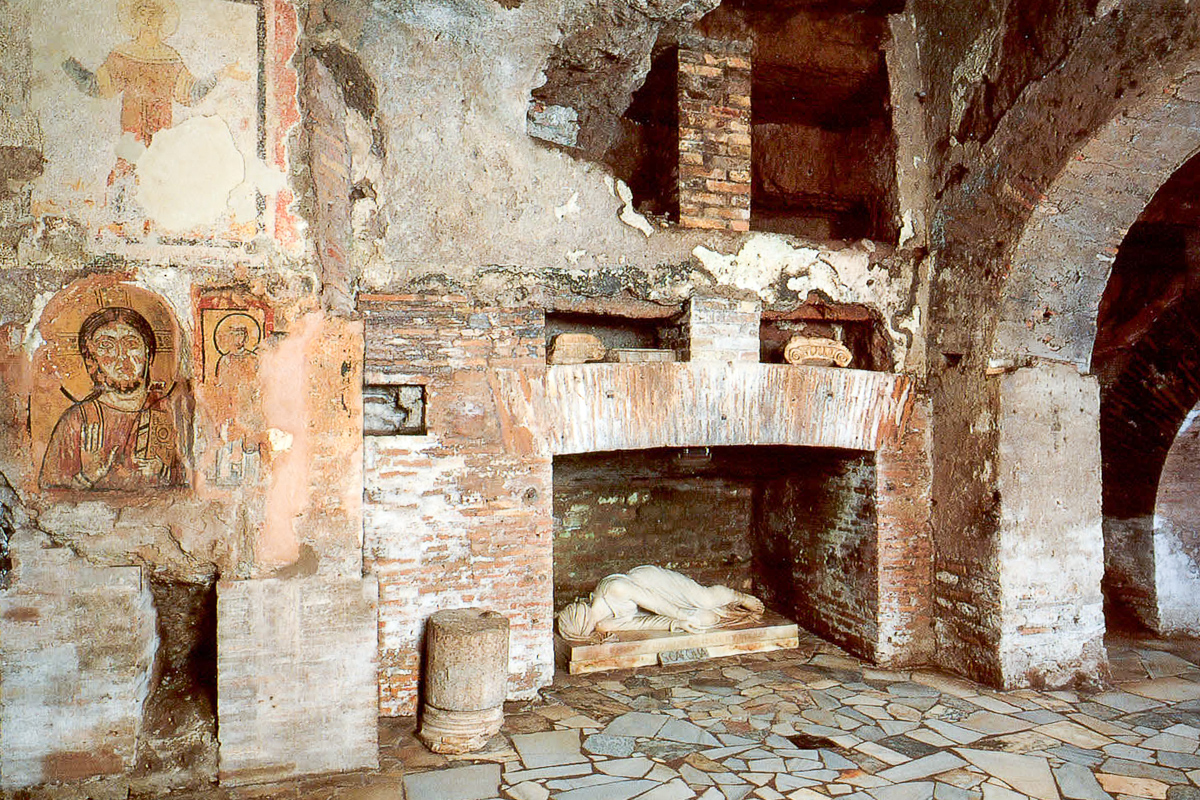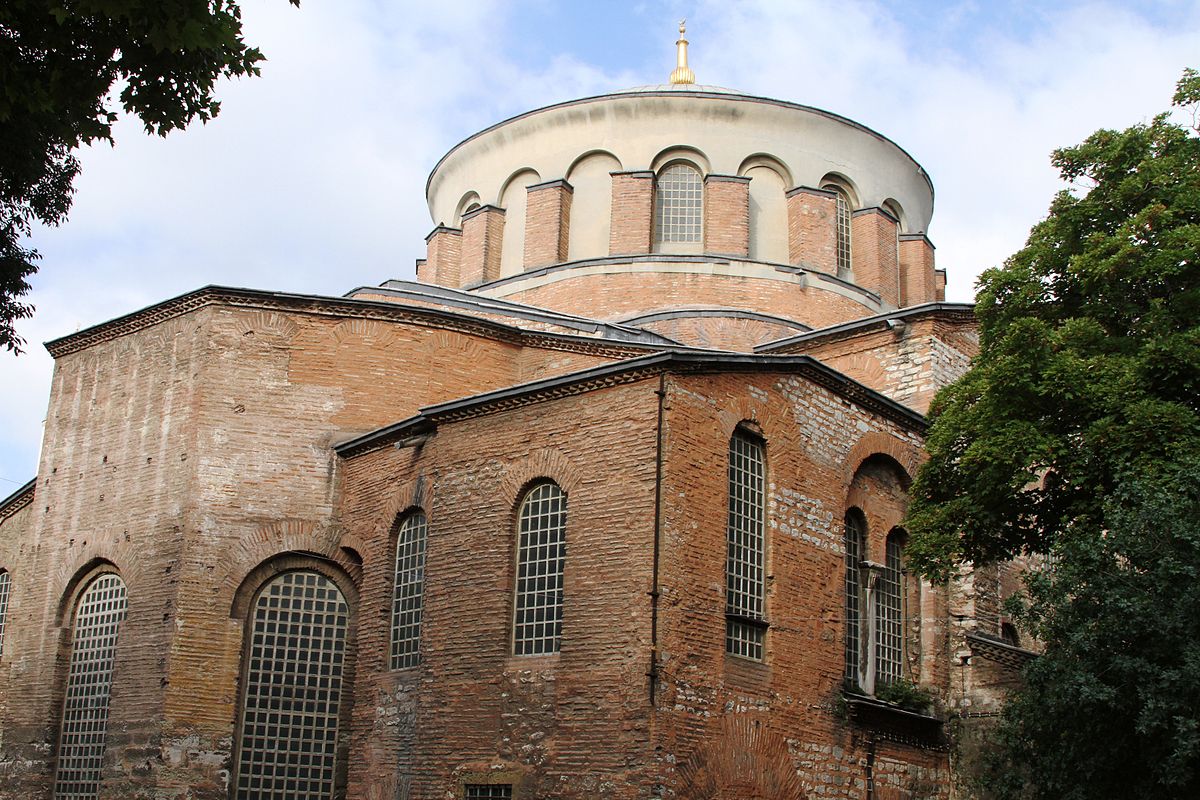An exceptional find in the ancient city of Turkey reveals the transformation of a Roman health centre into a 6th-century Byzantine Christian temple.
In south-western Turkey, a team of archaeologists has unearthed a Byzantine church from the 6th century AD built, literally, on the foundations of a Roman hospital from the 2nd and 3rd centuries. This discovery brings to light a historical practice of architectural reuse in one of the most fascinating enclaves of the Caria region.
According to archaeologist Ufuk Çörtük, director of the excavations and associate professor at Muğla Sıtkı Koçman University, the find was made in the area known as the ‘fortified monastic area’ of Kaunos (Cauno), a space that has undergone multiple transformations over more than 1,000 years.
From Roman hospital to Christian temple
The newly discovered archaeological complex is not a simple superimposition of structures. It is a gradual evolution that narrates in stone and inscriptions how an institution originally dedicated to healing the body was transformed into a space consecrated to the salvation of the spirit.
As archaeologists recount, the lower level of the complex functioned as a valetudinarium, that is, a Roman military hospital that later also provided care to civilians. Proof of this can be found in the many surgical instruments and medical tools that have been found on the site, confirming its use as a healthcare facility. In addition, the architectural design, with a central courtyard surrounded by rooms, matches the layout of hospitals discovered in other regions of the Roman Empire.
The arrival of the Byzantine church
On the upper terrace of the site, archaeologists came across a surprisingly well-preserved Byzantine church. Research throughout 2025 has confirmed that the hospital was transformed into a religious centre during the Christian period.
The church has been dated to the 6th century AD, a time when the Byzantine Empire consolidated its rule over Anatolia and Christianised many of the public spaces inherited from the great Rome. This change, which was not only architectural but also symbolic, perfectly reflects the transition from a culture centred on the body to one centred on the soul.
A thousand-year-old site
Cauno, one of the richest archaeological sites in Turkey (currently inscribed on UNESCO’s Tentative List of World Heritage Sites), was founded more than 2,400 years ago and discovered in 1840 by British archaeologist and explorer Charles Fellows (whose remains lie in the popular British cemetery in Highgate). The city is rich in archaeological remains: it has rock-cut tombs, a theatre for 5,000 spectators, thermal baths, basilicas, an agora and mosaics dating back more than 1,300 years.
The monastery area, where this discovery was made, has been the subject of intensive excavations over the last three years; during this time, researchers have been cleaning the rooms one by one until they came across this monastic stage.

Traces of Islam
The most surprising thing about the site is its continuity of use, as during the excavations a small mosque and a tomb were also found, as well as a coin from the Beylik of Aydın (Aydınoğulları), a 14th-century Turkish-Islamic dynasty, confirming that the complex was not abandoned after the fall of Byzantium, but was reused during the Islamic period.
In ancient times, Cauno was a key port city connecting Anatolia with the Aegean Sea. Its strategic location made it a meeting point between cultures and religions, and this discovery only reaffirms the multicultural character of the place, something that has happened on many occasions, especially in the East, where many Roman public buildings were converted into churches or monasteries.
Looking ahead, academic reports, digital reconstructions, and a conservation proposal are expected to be published in the coming months to ensure the preservation of the entire complex.




